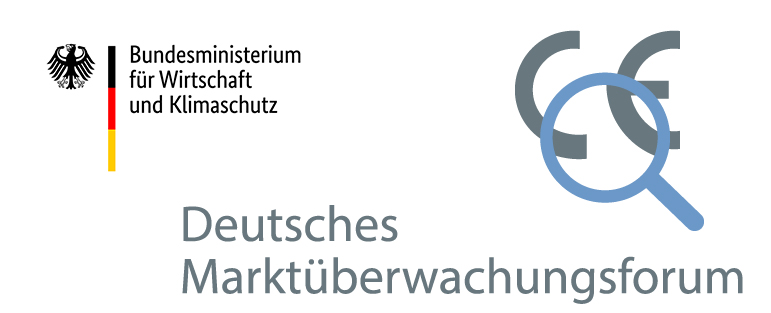From 2025 lower network tariffs in regions with high renewable electricity generation
Year of issue 2024
Date of issue 2024.10.18
"Network tariffs in regions with strong growth in wind and solar power will be noticeably lower. It is now up to the suppliers to pass on these benefits to their customers. Consumers can check that they do actually profit from the reductions,"
said Klaus Müller, President of the Bundesnetzagentur.
The Bundesnetzagentur has today announced the effects of the distribution of the renewable energy network costs. The information published includes the tariffs that result from the costs being spread and that will apply in distribution networks with a particularly high level of renewable electricity generation. These tariffs will take effect as from 1 January 2025.
The first tariffs published in recent days by large regional distribution system operators already show the effect of the determination in reducing the cost burden. The distribution of costs will result in lower network tariffs in 2025 in particular in large federal states with a high level of wind and/or solar power. The provisional price lists published by electricity network operators for 2025 show that network tariffs in areas with strong growth in wind and solar power will be lower. On 28 August 2024 the Bundesnetzagentur published a determination on distributing the additional costs incurred in distribution networks with a particularly high level of renewable generation.
Significant relief for households
Some households will profit from significant decreases in 2025 compared with 2024. The average household (with an annual consumption of 3,500 kWh) in a region benefiting from a reduction in the cost burden will see a decrease in the network tariffs of more than €200 in some cases. The average household connected to the E.DIS Netz GmbH network in Brandenburg and Mecklenburg-Western Pomerania will save almost €100 in network tariffs compared with 2024, while the average household in the WEMAG Netz GmbH network in Mecklenburg-Western Pomerania will be able to save more than €200. The annual saving for the average household connected to the Schleswig-Holstein Netz AG network in Schleswig-Holstein will be around €150, while that for the average household in the Bayernwerk Netz GmbH in Bavaria will be about €43.
| Network tariffs for household customers with an annual consumption of 3,500 kWh (tariffs in cents per kilowatt hour) comprising the standing charge, unit rate and meter operation charge. | ||||
Network operator | Network tariff 2024 | Network tariff 2025 | Difference | Difference |
|---|---|---|---|---|
| Bayernwerk Netz GmbH | 11.70 | 10.46 | -1.24 | -11% |
| E.DIS Netz GmbH | 13.95 | 11.16 | -2.79 | -20% |
| Schleswig-Holstein Netz AG | 16.26 | 11.84 | -4.42 | -27% |
| WEMAG Netz GmbH | 15.84 | 9.81 | -6.03 | -38% |
Fair distribution of costs
In accordance with the Bundesnetzagentur's determination, all network operators must establish by 15 October 2024 whether they are particularly affected by renewable energy expansion within the meaning of the determination. This is done using an indicator that shows the amount of renewable generation capacity connected to an operator's network in relation to the consumption in the network area.
The network operators will be compensated for their additional costs. The costs incurred in compensating the operators will be distributed equally among all electricity consumers across the country with a "surcharge for special network use". This means that the costs will be shared fairly among all electricity consumers. The transmission system operators will publish the surcharge on 25 October 2024 at www.netztransparenz.de.
The Bundesnetzagentur has built on the mechanism under section 19 of the Electricity Network Tariffs Ordinance (StromNEV). This is already balancing out certain network costs over all network users. The former "section 19 surcharge" makes up part of the electricity price. The aim of the surcharge at present is to offset any revenue lost by network operators because of certain consumers paying reduced network tariffs. The existing arrangement is now being supplemented non-bureaucratically and with legal certainty. While there will be a significant reduction in the cost burden for the regions concerned, the increase in costs for all electricity consumers will be manageable.



